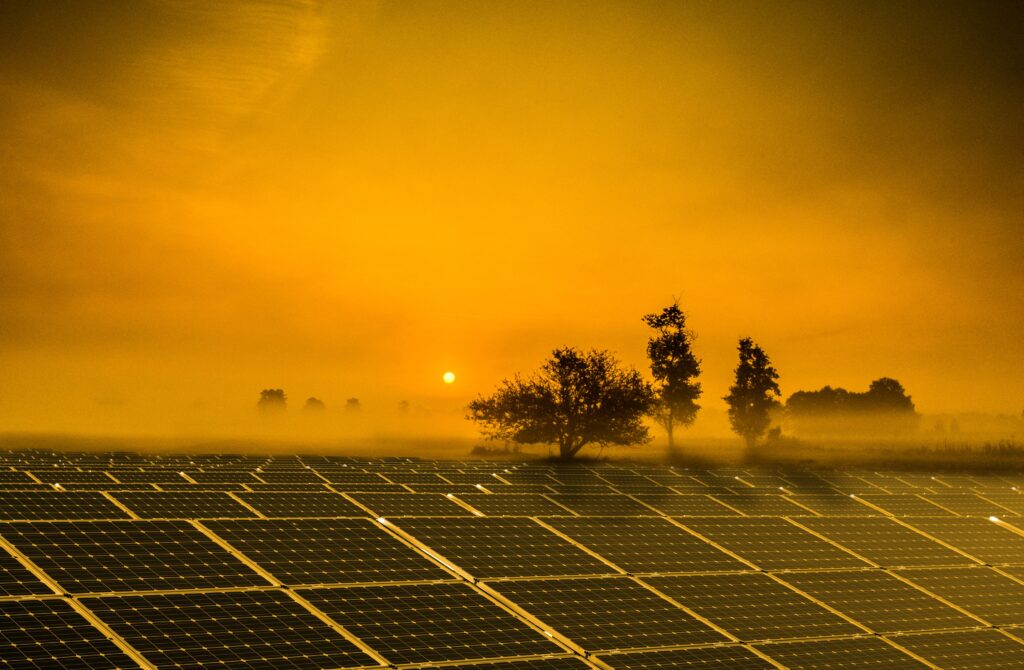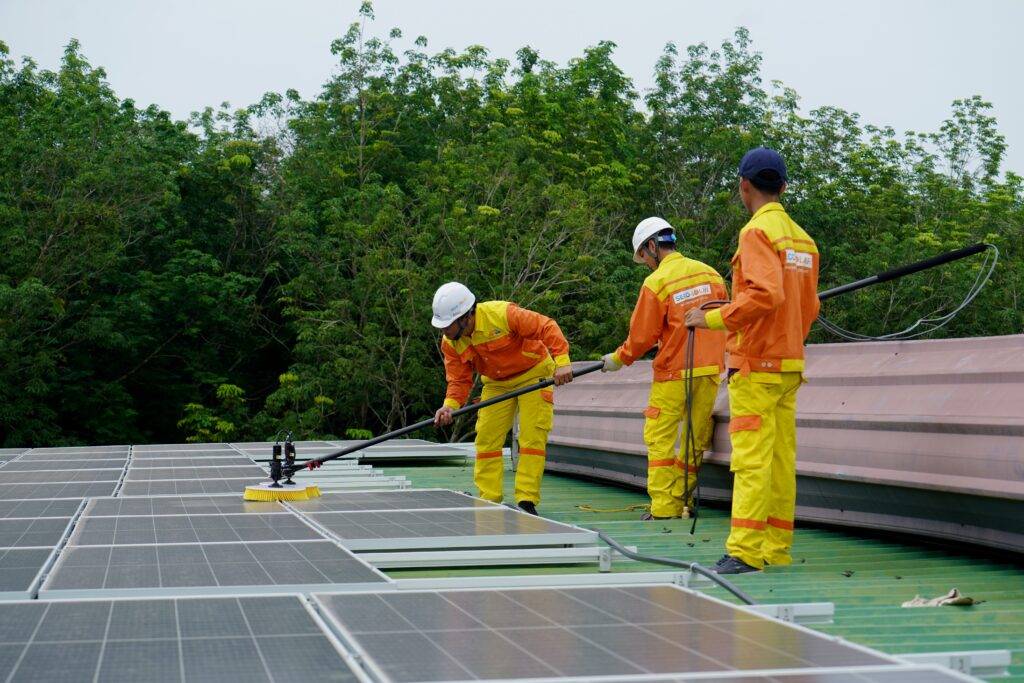
With its promise to fight climate change and lessen our reliance on fossil fuels, solar energy has emerged as a bright spot in the renewable energy landscape. There are certain advantages to using solar energy to produce electricity, but it’s important to understand that all technologies have drawbacks. In this thorough essay, we’ll go into great detail about the seven key drawbacks of solar energy that you need to be aware of, making sure you fully comprehend the difficulties before utilizing this renewable resource.
Table of Contents
1. High Initial Costs: The Price of Going Solar
Let’s start with the big issue at hand: the steep upfront expenses of solar energy installations. The initial outlay necessary for the purchase and installation of solar panels, inverters, mounting equipment, and wiring might be intimidating even if the long-term savings on energy costs are undeniably alluring. For many people and organizations, especially those with small budgets or little access to financing options, this financial obstacle can be a hindrance. Although the price of solar panels has been constantly falling over the years, the construction of the entire system is still a sizable financial investment.
2. Weather Dependence: The Sun’s Availability Matters
Solar panels are essentially dependent on good weather since they function by converting sunlight into electricity. Their effectiveness is greatly decreased by cloudy days, overcast sky, and the night, which results in erratic energy generation. This reliance on the weather may have serious negative effects, particularly in places where there is a lot of cloud cover or in the winter when there are fewer daylight hours. Imagine having a situation where you require steady power but your solar panels aren’t working as well as they should because of the weather.
3. Energy Storage Challenges: The Dilemma of Storing Sunlight
Energy storage is one of the main issues facing solar energy. Solar panels are excellent at producing energy while the sun is shining, but they cannot produce electricity at night or when it is cloudy. A continuous power supply requires the storage of extra energy produced on sunny days for usage when sunshine is not available. Batteries and other forms of energy storage, meanwhile, are still in the early stages of development and can be pricey. The capacity of these systems may not always be sufficient for prolonged periods without sunshine, necessitating the use of traditional power sources. These systems must be appropriately scaled to satisfy energy demands.
4. Space Requirements: The Need for Real Estate
If the aim is to create a sizable amount of electricity, effective solar panel installations need a lot of room. Small enterprises or homeowners with little rooftop space may find it difficult to comply with this requirement. Your property might not be ideal for producing solar energy if it contains shady regions. Large-scale solar farms, which are becoming more prevalent, also require a lot of land. This might result in problems like land rivalry with agriculture or changing local ecosystems, which raises crucial considerations with regard to land usage.
5. Aesthetic Concerns: The Look and Feel of Solar Panels
Solar panels have great performance, but their presence may change how attractive buildings and landscapes seem. Despite advancements in design that make solar panels more aesthetically pleasing, some structures’ architectural styles may not always complement them well. Homeowners, businesses, and entire communities may get concerned about the aesthetics as a result. Due to the alleged effect on the overall appearance and feel of their houses, some people might be reluctant to install solar panels.
6. Manufacturing and Disposal Impacts: The Environmental Considerations
While solar energy is sustainable and clean while in use, the production of solar panels has an impact on the environment. Solar panels are made using a variety of materials and chemicals, some of which might have a harmful impact on the environment. It is essential to ensure environmentally friendly production procedures and establish suitable disposal and recycling procedures for outdated or broken solar panels. Solar panel manufacturing and disposal might unintentionally exacerbate environmental problems if not handled carefully.
7. Geographical Limitations: The Sun Doesn’t Shine Everywhere Equally
The efficiency of solar energy varies according on location. It’s possible that areas that have prolonged periods of cloud cover, persistent rain, or those at high latitudes with little sunshine don’t receive enough solar energy to completely benefit from it. The extensive use of solar energy may be hampered by this geographic constraint, making it less practical as a major energy source. To efficiently satisfy their energy demands, certain regions may need to rely on a combination of renewable energy sources, such as hydropower or wind power.
Conclusion
Although solar energy has many benefits, it’s important to recognize and solve these seven major drawbacks. Making educated judgments about the adoption of solar energy systems requires an understanding of the high initial costs, weather dependency, energy storage issues, space needs, aesthetic considerations, manufacturing implications, and geographical restrictions. The potential for solar energy to completely alter our energy system is still quite promising as long as technology keeps developing and solutions are created to lessen these difficulties.
FAQ –
Q1: What’s solar energy?
A1: Solar energy harnesses the sun’s radiation, transforming it into electricity using photovoltaic cells. These cells absorb sunlight, generating direct current (DC) electricity, which is converted into the alternating current (AC) used in homes and businesses via an inverter.
Q2: What’s so great about solar energy?
A2: Oh, where do we start? Solar energy’s a renewable, sustainable resource that reduces greenhouse gas emissions, lowers energy bills, demands little maintenance, and can grant you energy independence. It’s the clean, green power source of the future!
Q3: Are there any downsides to solar energy?
A3: Sure thing. Here are a few:
Initial Costs: Setting up solar panels can be expensive, but costs have been dropping.
Weather Blues: Cloudy days and nights mean less energy. Solution? Energy storage systems!
Storage Challenges: Storing excess energy for when the sun’s not shining can be complex and costly.
Space Race: Generating big power needs space, which might be limited for some.
Aesthetics Matters: Some folks aren’t thrilled about the look of solar panels.
Q4: Can I use solar energy at night or during outages?
A4: Absolutely! With energy storage systems like batteries, you can store daytime excess energy for nighttime use or during pesky power outages. It’s like having your personal solar power bank.
Q5: How do I know if solar energy is right for my place?
A5: To find out if your spot’s solar-savvy:
Check Sunlight: Sun-hungry locations are ideal. More sun equals more energy!
Roof Space: Unshaded roof space is a must for optimal panel installation.
Energy Appetite: Analyze your energy needs to size your solar system correctly.
Budget and Financing: Know your budget and explore any incentives or rebates available.
Local Rules: Check local regulations and policies on solar installations.

